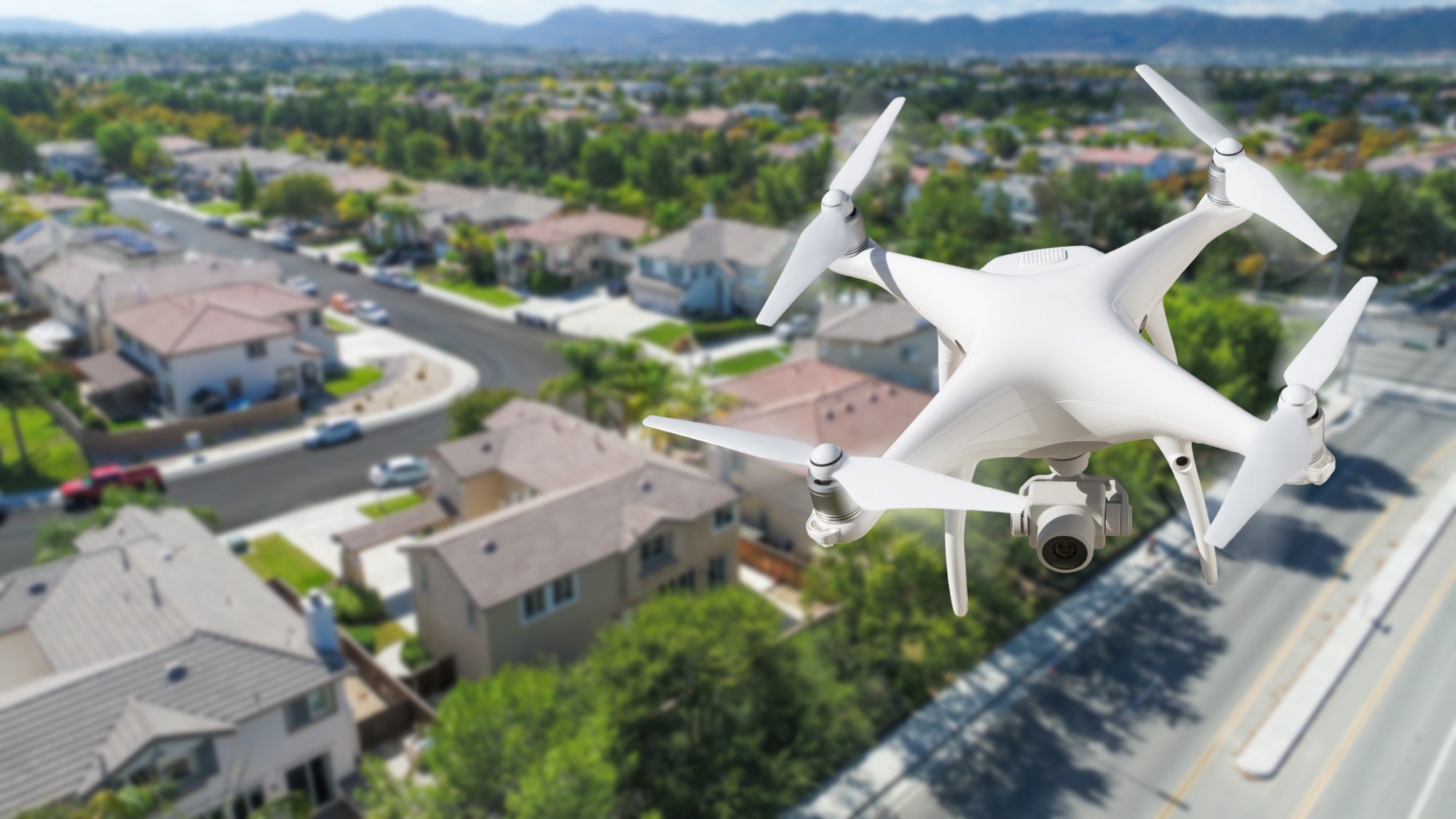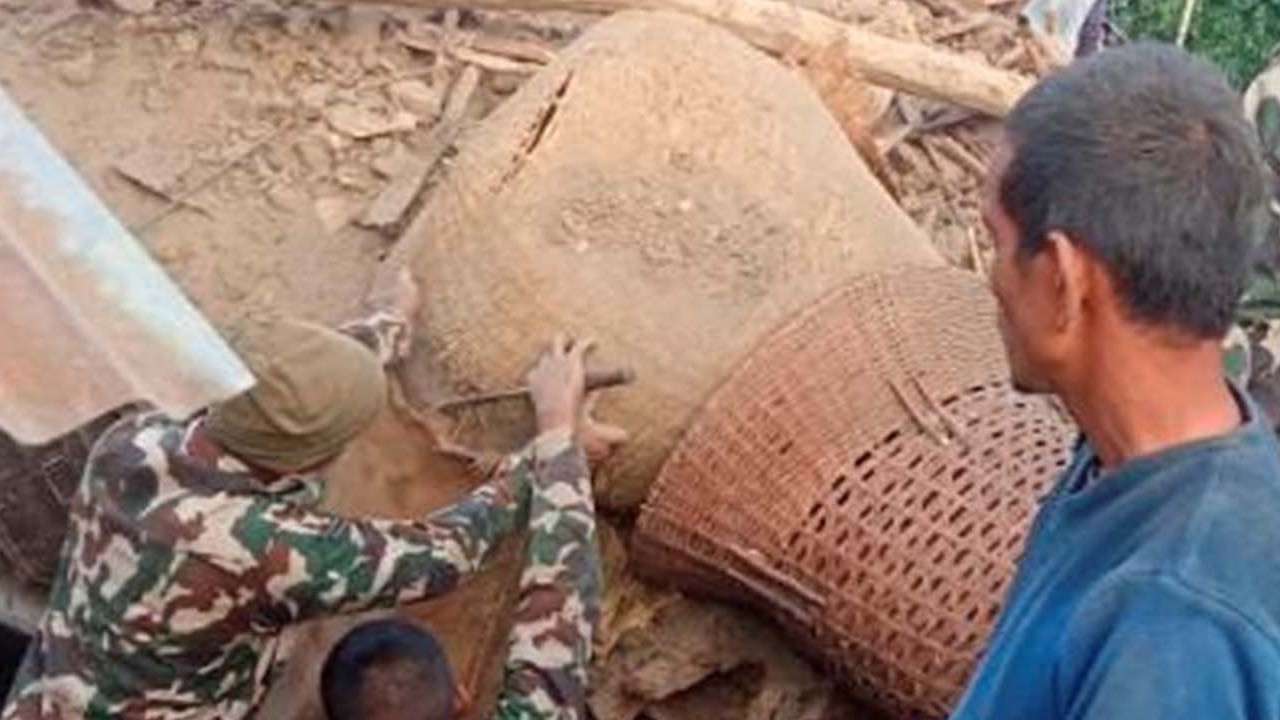
In South Asia, drones are connecting remote villagers to life-saving services ‘like never before’
- South Asia is betting on drones to connect to remote areas that were previously barely accessible for even essential services
- The success of drone use in India has also boosted adoption in neighbouring countries like Nepal
When snakebite antidotes had to be rushed to India’s remote mountainous Ziro Valley last December, Indian authorities turned to the quickest means of transport available – drone delivery.
Deep in the Himalayan ranges, a typical journey would have involved a treacherous car ride, boat crossing of an icy river followed by an arduous uphill climb, which can take up to eight hours, depending on conditions.
“We did it in 28 minutes,” said Vikram Singh, founder of Tech Eagle Innovations, the drone firm which delivered the antivenom.

The company has now set up a drone base in the remote, mountainous northeastern Meghalaya state, the first of its kind hub, connecting to around 15 remote locations within a 50km (31-mile) radius.
Home to the world’s tallest mountains, desert expanses and marsh lands, South Asia is betting on drones to connect to remote areas that were previously barely accessible for even essential services.
The use of drones got a big boost in August 2021 when the Indian government loosened its stringent drone policy, slashing the number of permits needed to operate drones from 25 to five.
The World Economic Forum provided a template for how drone technology could be used under a Medicines From the Sky project launched with the government of southern Telangana state.
Trials of drone use have now been conducted in at least 10 Indian states, opening up “unprecedented access to remote areas, enabling life-saving medical deliveries like never before,” said Vignesh Santhanam, India lead for aerospace and drones at the World Economic Forum.
“By overcoming geographical challenges and improving delivery efficiency, drones have emerged as a vital tool in enhancing healthcare accessibility, particularly in underserved areas,” he said.
Indonesian ‘drone medics’ deliver supplies to isolated Covid-19 patients
Last December, India’s federal government expanded production-linked incentives for manufacturing a number of industrial goods to include drones and drone components to boost the industry and bring down product costs.
The majority of India’s 1.4 billion people are served by roughly 30,000 government-run primary healthcare centres. But around five per cent of the centres are inaccessible to medical suppliers – and sometimes even patients – because of difficult terrain and weather hazards.
Most medical supplies go by road, but the pandemic reinforced the need for better reach as the government sought to vaccinate each and every adult in India’s vast population, as well as share critical medicines and oxygen supplies.
Suresh Munuswamy, deputy director at the Public Health Foundation of India, said that anywhere between 20 and 40 per cent of medicines did not reach the point of need in different states.

“You need to have a systematic approach to serving state government needs. Around 20 to 40 per cent of medicines don’t reach the point of need. This is where we need an efficient supply chain system,” he said, adding that the biggest hole was in the last mile from district warehouses to primary health centres.
In India, the last mile could stretch up to 250km and sometimes doctors had to pick up medicines themselves because of lack of funds for transport, he said.
But drones have proved their usefulness because invariably the first batch of medicines during disasters like flash floods are transported through them.
“I think states will start regularising services within the next six months,” he added.
TechEagle’s Singh said his company now worked with health departments of seven state governments with drones which could carry a payload of up to 5kg and fly at speeds of up to 120km/h (74.6 miles per hour).
The current fleet of drones can deliver emergency supplies within the “Golden Hour” period that can spell life or death for patients, including snakebites.
The success of India’s drone programme in the country is improving adoption in neighbouring countries like Nepal, which boasts the world’s tallest mountain Everest and has a similar geography to India’s hilly northeast regions.
During the devastating Nepal earthquake in 2015 which killed 9,000 people, international aid agencies brought in drones to help with damage mapping, search and rescue, taking photos as well as transporting emergency supplies.
“We identified young people from Nepal to show how drones can be used”, among a raft of ideas, said Uttam Pudasaini, executive director of drone firm Nepal Flying Labs.
One project also involved collecting 1,000 diagnostic samples for tuberculosis from two municipalities in remote Pyuthan district, in partnership with non-profit Birat Nepal Medical Trust. That project operated more than 500 flights.


